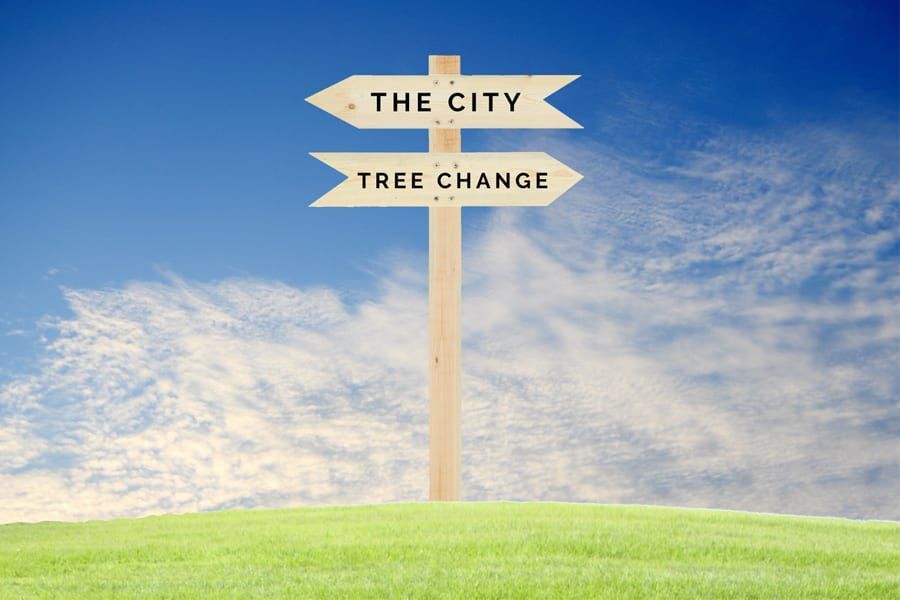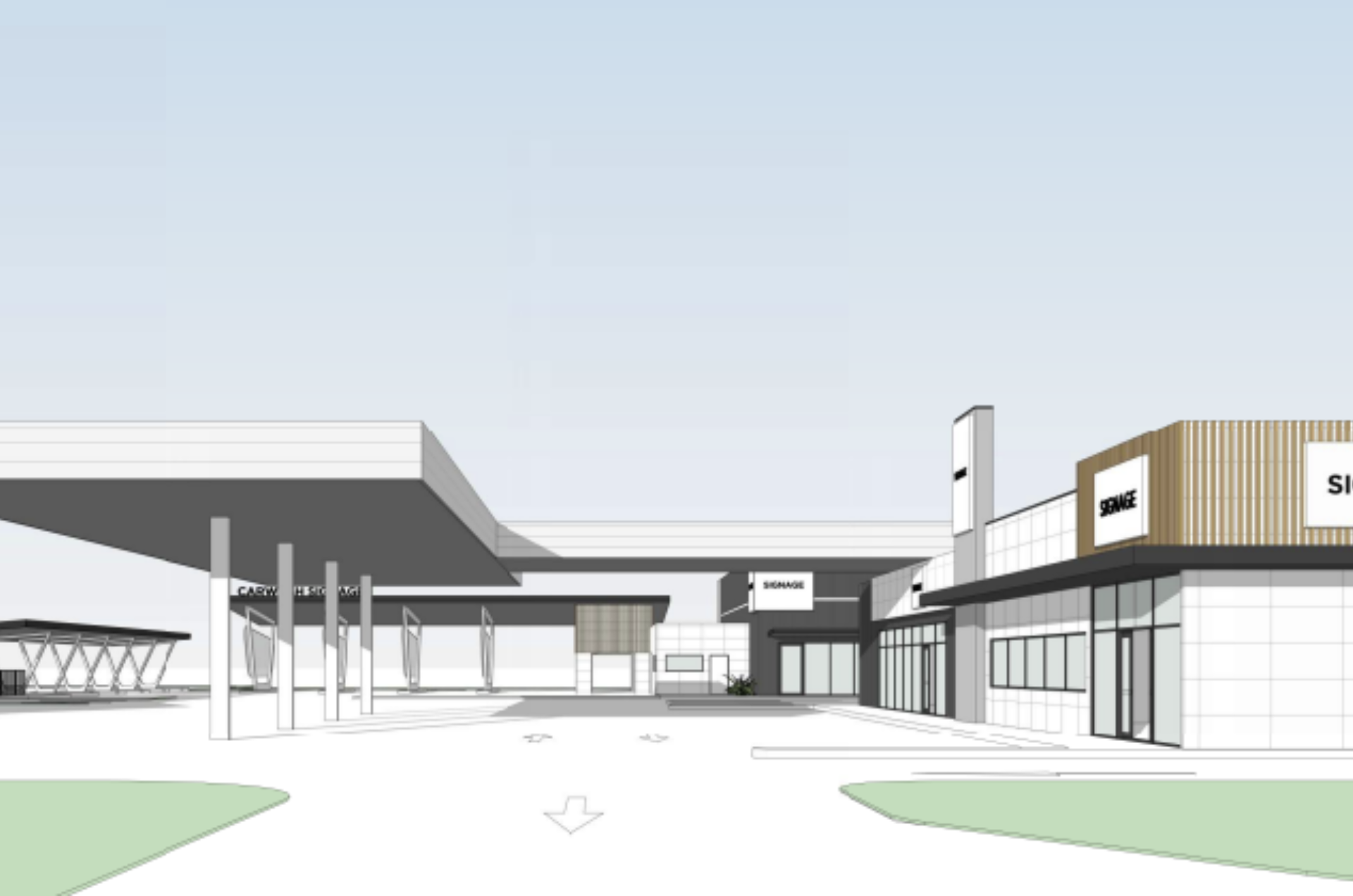If the current pandemic has proven anything, it’s that rapid response changes can affect a population right down to its urban planning. Australia is seeing a sudden shift in its population, as people make the switch from metropolitan to regional areas.
Whilst there has been a recent surge, the “tree change” trend has, in fact, been growing over the past decade. The internet has literally opened up the world. Covid-19 sped up that trend, forcing businesses to get creative and adjust quickly to city-wide lockdowns and social distancing.
METROPOLITAN MIGRATION
Data from the Australian Bureau of Statistics shows that during the September 2020 quarter, Australian capitals experienced their largest population net loss since records began in 2001. This net loss of 11,200 people is almost three times the net loss for the same period in 2016.
So, when presented with the opportunity to work from anywhere, why are they choosing rural and regional areas?
The attraction of a slower pace, quieter lifestyle, and close-knit communities is undeniable, but with the high cost of housing in metropolitan areas making home ownership incredibly difficult, the move out of the cities has provided many with the opportunity to affordably own their own home.
WHAT DOES THIS MEAN FOR RURAL AND REGIONAL URBANISATION?
How the rural and regional areas will be affected can be a tricky question to answer. A surge in employed and professional people has the potential to be a tremendous economic boost to these communities, especially those affected by the closure of critical industries that had previously supported them. Migration to these areas could well result in urban revitalisation and sustainability.
It’s important to note, however, that growth surges like this will eventually slow down, particularly as the country settles into the “new norm” of functioning during a pandemic. In addition, housing prices in the rural and regional areas are already trending upwards, making home ownership less affordable and slowing migration.
The crucial factor in all this will be infrastructure and how prepared the local councils are to deal with a sudden increase in population. This means assessing the suitability of roads, transport and community linking, increases to housing and development opportunities, internet and mobile connectivity, electrical load capacity, access to services, retailers, and social outlets.
PLANNING FOR SMALL COMMUNITY GROWTH
Metropolitan cities, regional centres, and rural towns are each vastly different beasts with their own personalities and capacity for growth. Careful planning to prepare for a population surge is long overdue. Policies need to be developed to positively encourage and support population growth and digital business, whilst still protecting the identity of the community.




